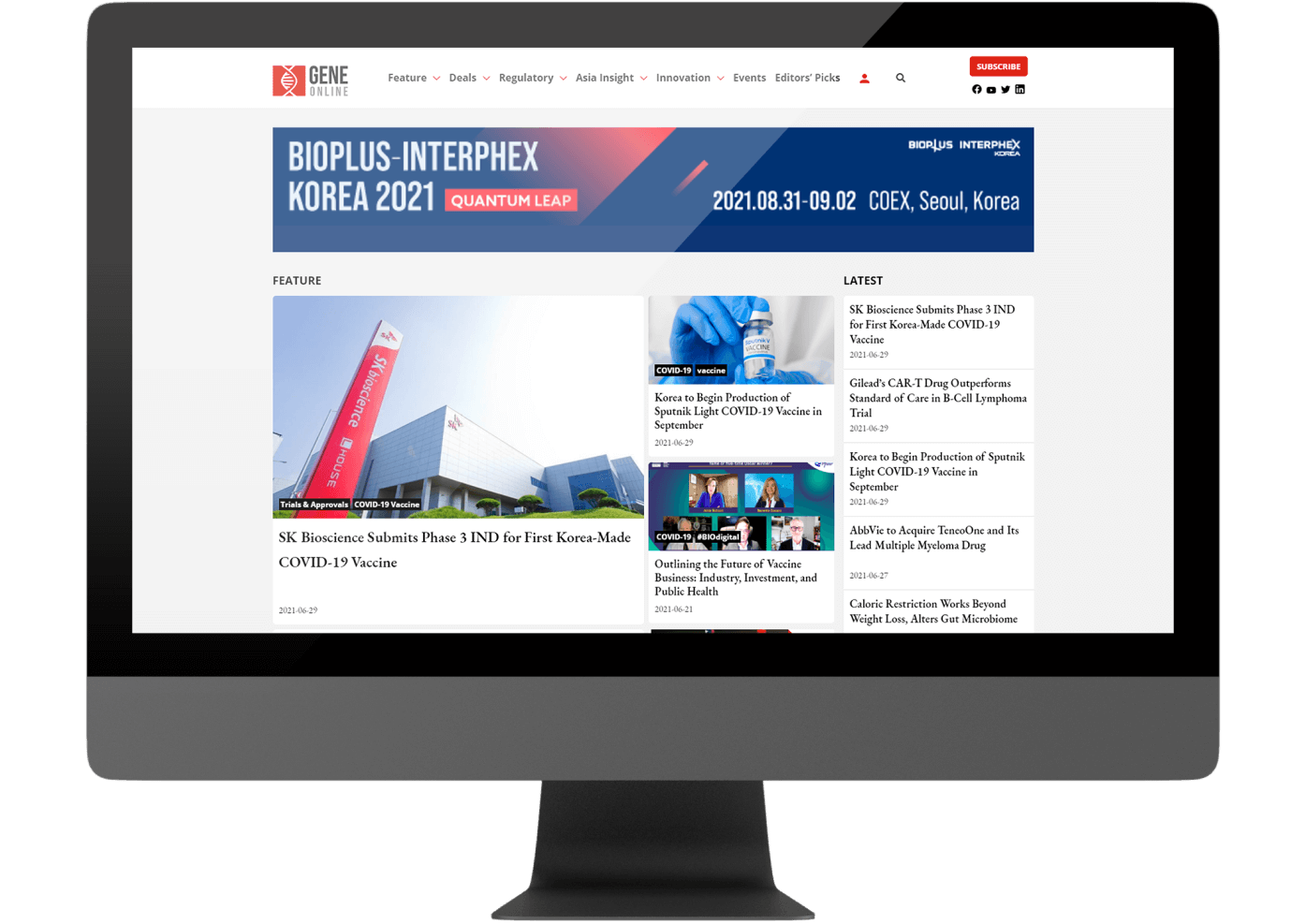A Secondary Route of Viral Entry Could Explain Enhanced Pathogenicity of COVID-19
By Sahana Shankar, Ph.D. Candidate
European researchers report that SARS-CoV-2’s entry into the host cells is facilitated by Neuropilin-1 (NRP1), a cell receptor that, when inhibited with a monoclonal antibody, reduces virus infectivity. Their study demonstrates that NRP1 provides a possible pathway into the central nervous system.
Currently, much of the scientific world is focused on understanding the etiology, epidemiology, and prevention of COVID-19. Thanks to the extensive body of research, we now know that both the SARS and COVID-19 causing viruses use the angiotensin-converting enzyme 2 (ACE2) receptor for cellular entry. ACE2 plays a beneficial role in lowering blood pressure and is present on many cells, including the respiratory epithelium, kidney, and gastrointestinal tract. In contrast to SARS, the COVID-19 causing SARS-CoV-2 has higher infectivity and is known to home into other tissues as well (tissue tropism) with enhanced pathogenicity, hinting the possibility of an alternate cellular entry route besides ACE2.
To test this hypothesis, a multi-disciplinary team led by Dr. Giuseppe Balisteri at the University of Helsinki and Dr. Mikael Simons from the German Centre for Neurodegenerative Diseases (DZNE), Munich, Germany analyzed the viral spike protein. They discovered that SARS-CoV-2 entry is facilitated by a cell receptor called NRP1. In a preprint posted in bioRxiv, they showcase NRP1 as a potential cellular receptor that can mediate the spread of SARS-CoV-2 to the olfactory epithelium, brain, kidney, and gastrointestinal tracts.
Results
To understand the increased virulence of SARS-CoV-2, the authors compared its trimeric transmembrane spike (S) protein to other highly pathogenic coronaviruses such as Ebola, HIV-1, and avian influenza virus. They found a polybasic furin-type cleavage site at the S1-S2 junction, which could bind and activate a different class of cell receptors – neuropilins. Neuropilins (NRP1 and NRP2) are highly conserved membrane proteins identified as receptors for Vascular Endothelial Growth Factors (VEGFs).
The authors confirmed that SARS-CoV-2 could indeed bind to NRP1 by monitoring fluorescence in GFP-tagged SARS-CoV-2 pseudoviruses in HEK293T cells transfected with plasmids for ACE2 and TMPRSS2 (proteins required for spike protein cleavage). Cells with ACE2 could potentiate infection of both SARS-CoV-2 pseudovirus and the control VSV-G pseudovirus while NRP1 was specific for the SARS-CoV-2 pseudovirus. Co-expression of all 3 receptors achieved maximum infection, suggesting NRP1 is indeed capable of granting entry to SARS-CoV-2.
With the domain organization of NRP1 known, the team screened monoclonal antibodies to prevent the binding of SARS-CoV-2 to the b1b2 domain. One candidate mAb3 was able to prevent cellular binding of NRP1 ligands and their internalization in PPC1 and of SARS-CoV-2 pseudoviruses in HEK293T cells, providing further proof of viral binding to NRP1 and a potential drug candidate.
In vivo evidence for NRP1 binding of SARS-CoV-2 came from viral samples isolated from COVID-19 patients from the Helsinki University Hospital. Pre-incubation of isolated viruses with the mAb3 antibody reduced infection of Caco-2 cells by 40%. RNA-seq data of cultured human bronchial epithelial cells, lung tissue, and olfactory epithelium of COVID-19 patients showed that NRP1 was significantly enriched in SARS-CoV-2 infections.
There was a positive correlation to the loss of smell and taste reported by some COVID-19 patients and the upregulation of NRPs in the olfactory epithelium, as demonstrated by the detection of spike protein in the olfactory epithelium and high expression of NRP1 in 83% COVID-19 autopsies. Spike protein was also detected in endothelial cells, neuronal progenitors, and olfactory neurons, suggesting that SARS-CoV-2 can infect the brain via the olfactory epithelium. Nasal administration of NRP1 ligands into anesthetized mice and imaging of multiple tissues showed uptake into olfactory epithelia, brain tissue, cortical neurons, and olfactory bulb.
The study suggests that ACE2 is not the sole receptor for SARS-CoV-2 entry and NRP1 may explain the extended tissue tropism and rapid infection of the SARS-CoV-2. This claim is substantiated by another preprint from the University of Bristol that shows NRP1 as a host factor for COVID-19 infection. This may also explain many clinical symptoms of COVID-19 patients, such as vascular endothelialitis, thrombosis, angiogenesis. The mAb provides another clinical candidate for developing vaccines. However, the authors concede that we need to delve more into the attachment, proteolytic cleavage, and other mechanisms of NRP1-mediated uptake of SARS-CoV-2.
Editor: Rajaneesh K. Gopinath, Ph.D.
Related Article: ACE2: A Valuable Biomarker for COVID19 Susceptibility in Heart Patients
References
- https://www.biorxiv.org/content/10.1101/2020.06.07.137802v2
- https://www.biorxiv.org/content/10.1101/2020.06.05.134114v1.full.pdf+html
©www.geneonline.com All rights reserved. Collaborate with us: service@geneonlineasia.com









